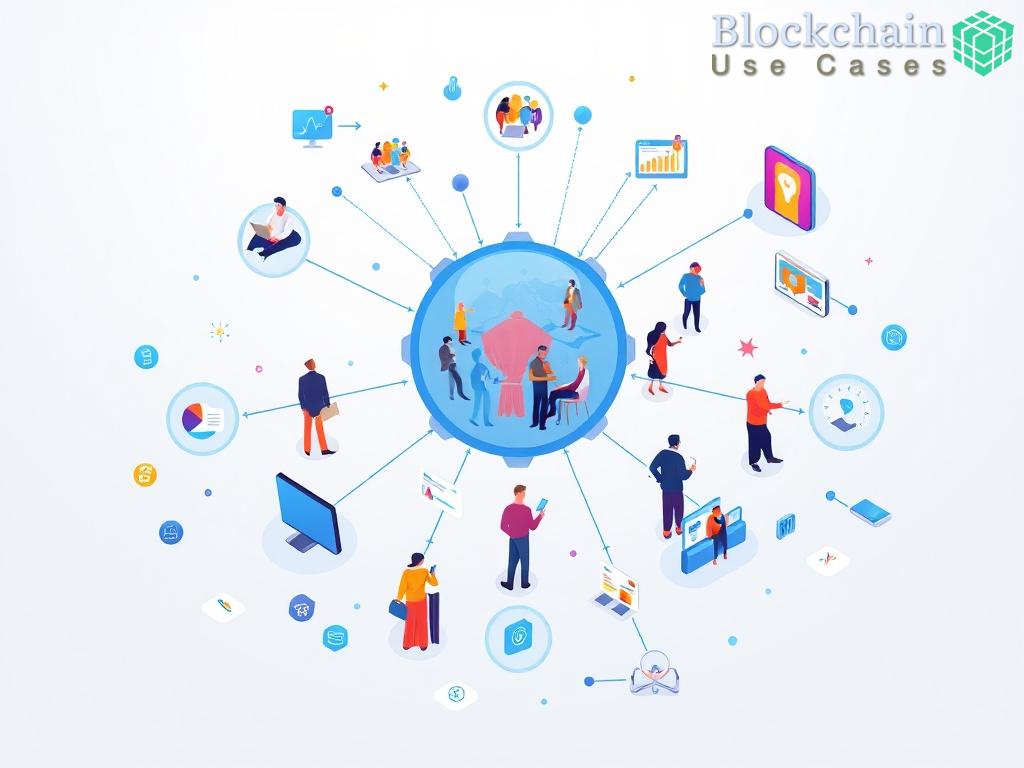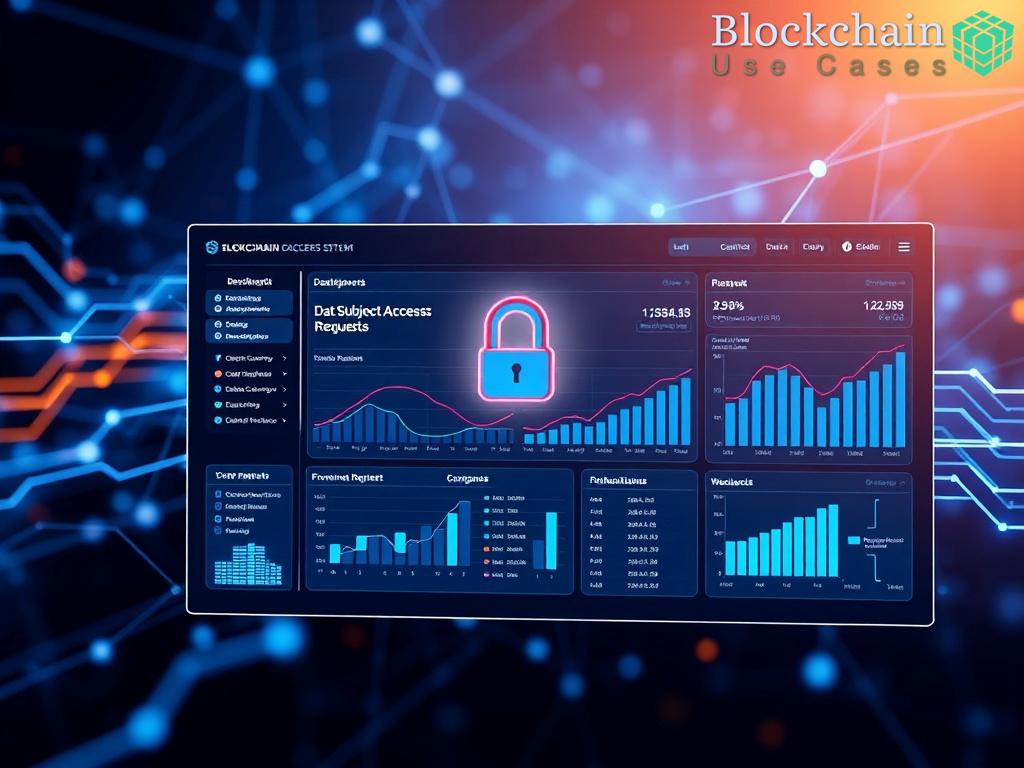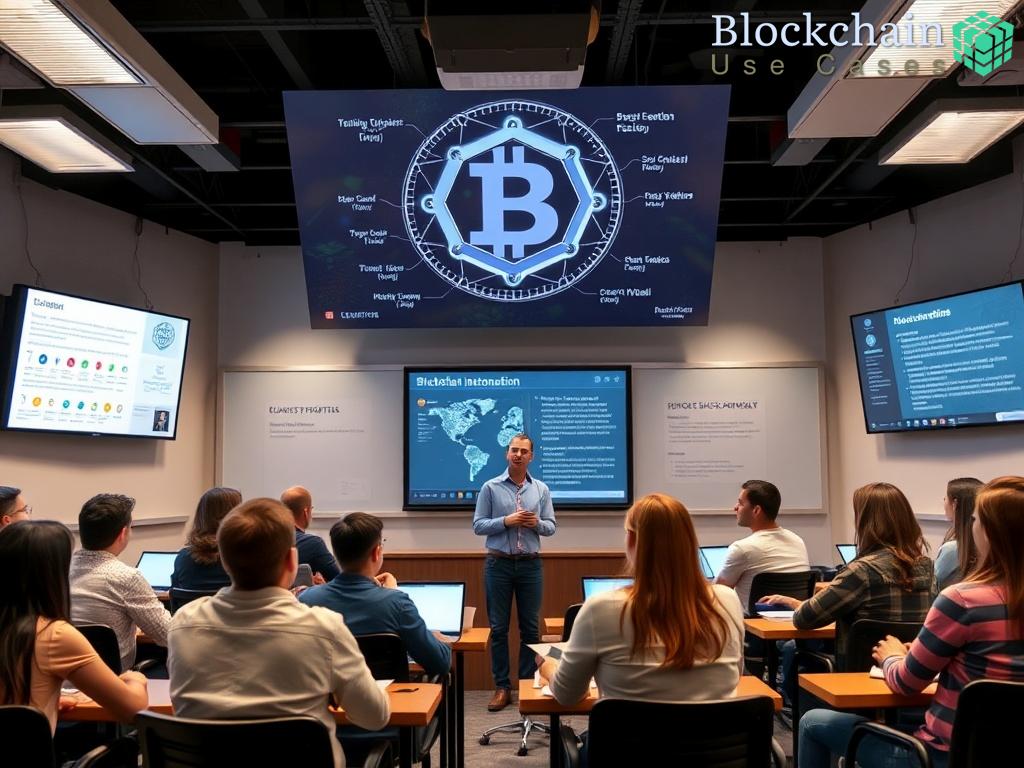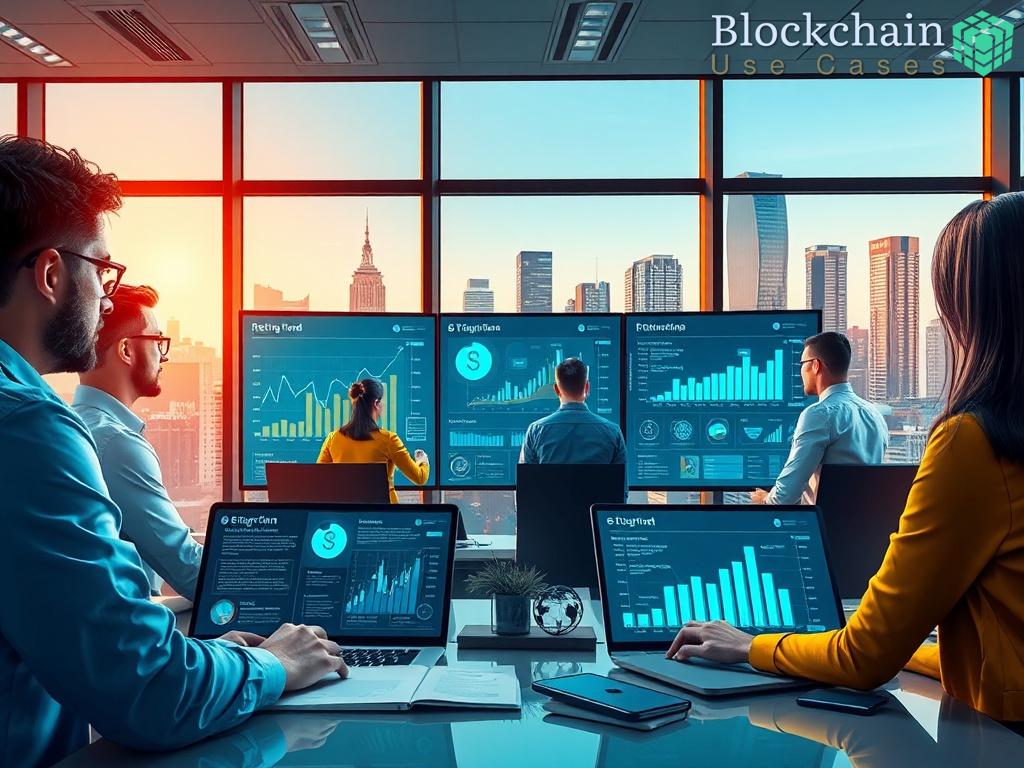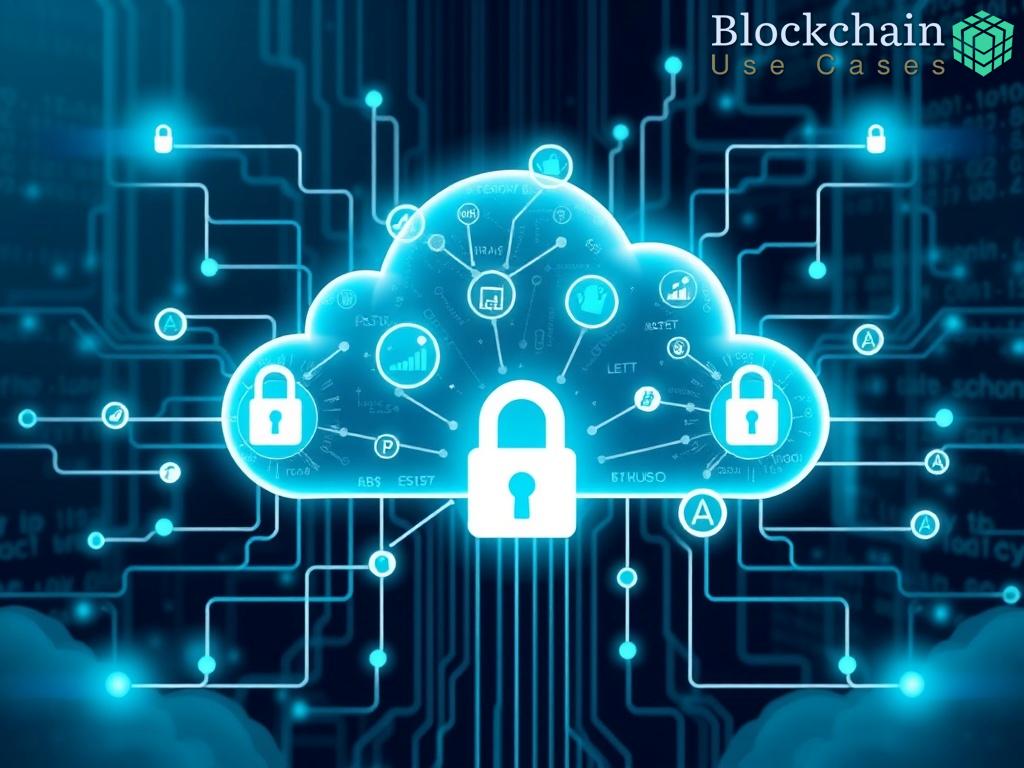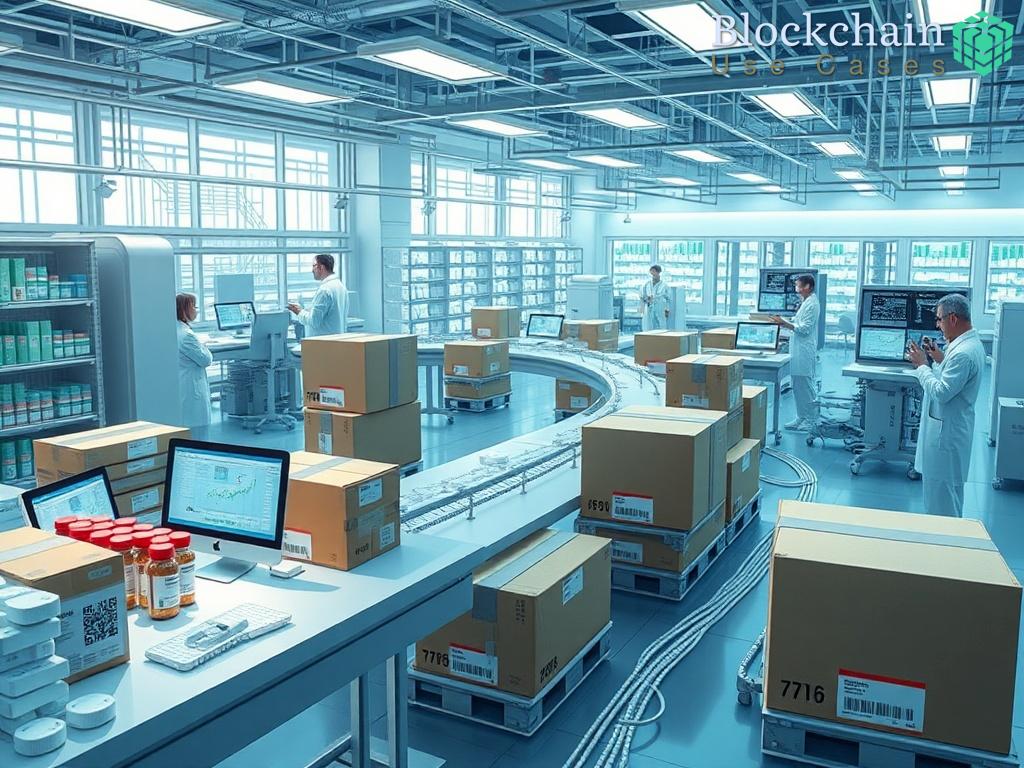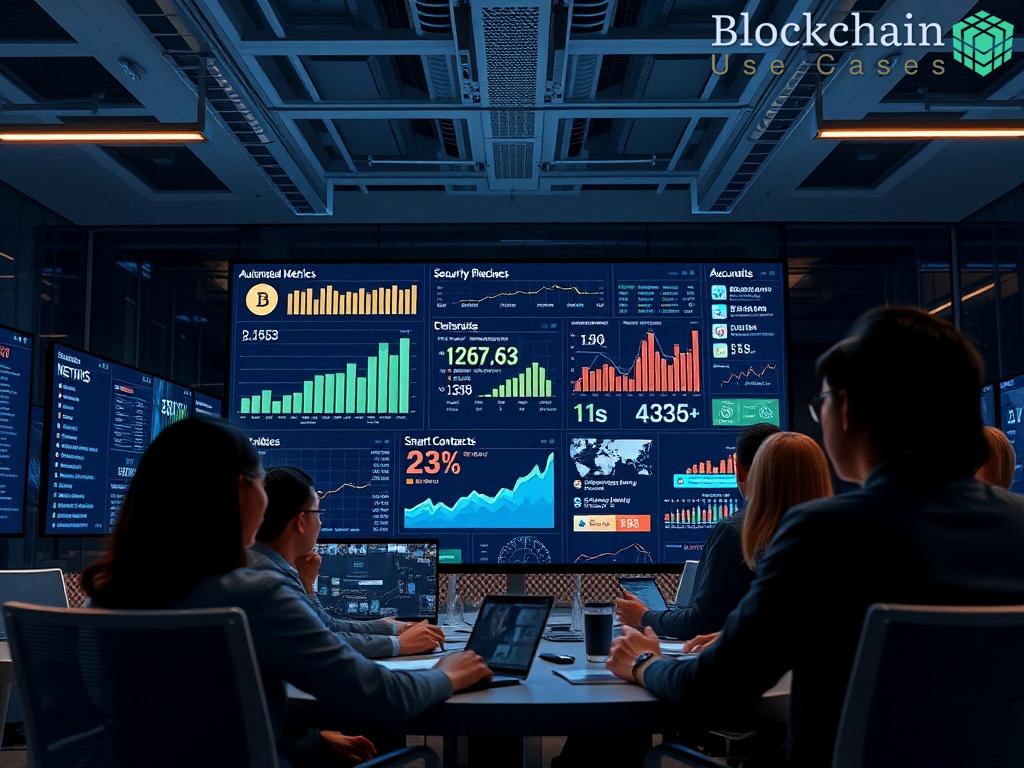Overview of Decentralized Container Orchestration
As the digital landscape evolves, the demand for more secure and efficient management of containerized applications has never been greater. Decentralized container orchestration emerges as a groundbreaking solution, providing enhanced security and resilience through distributed architecture. This approach allows organizations to leverage the power of blockchain technology and peer-to-peer networks, fundamentally changing how we think about managing containers.
Decentralized container orchestration offers several distinctive features that set it apart from traditional models. Its core attributes enhance scalability, security, and flexibility, addressing many pain points faced by organizations today. A detailed examination of these features reveals why decentralized solutions are attracting attention:
- Enhanced Security: By removing single points of failure and leveraging cryptographic techniques, decentralized platforms significantly reduce vulnerabilities.
- Improved Resilience: The distributed nature ensures that the failure of one node does not compromise the entire system, maintaining operational continuity.
- Scalability: Decentralized systems can efficiently scale out, accommodating increased workloads without the need for centralized control.
- Cost Efficiency: By minimizing reliance on centralized infrastructure, organizations can reduce operational costs and resource usage.
- Transparency and Trust: Utilizing blockchain technology fosters a transparent environment, enhancing trust among users and stakeholders.
To fully appreciate the advantages of decentralized container orchestration, it’s essential to compare it with conventional methods. The following table illustrates key differences in operational effectiveness and security between the two approaches:
| Feature | Decentralized Orchestration | Traditional Orchestration |
|---|---|---|
| Security | High (no single point of failure) | Moderate (vulnerable to attacks) |
| Scalability | Dynamic scaling with ease | Limited by centralized resources |
| Cost | Lower operational costs | Higher costs due to centralized management |
| Transparency | High (blockchain-based) | Low (opaque processes) |
As organizations continue to explore decentralized solutions, understanding these differences becomes crucial in navigating the future of container orchestration. With the rise of decentralized platforms, businesses have the opportunity to revolutionize their application management strategies, fostering innovation and resilience in a rapidly changing technological environment.
Security Protocols in Decentralized Systems
In the realm of decentralized container orchestration, security is not merely an add-on; it is a foundational element that shapes the entire architecture. As organizations adopt these innovative systems, understanding the intricate security protocols becomes essential. The decentralized nature inherently reduces vulnerabilities associated with centralized architectures, yet it introduces new challenges that must be meticulously addressed. This multifaceted approach ensures that containerized applications operate securely, safeguarding sensitive data and maintaining trust among stakeholders.
One of the most compelling aspects of decentralized platforms is their reliance on layered security protocols. These protocols are designed to create multiple degrees of protection, making unauthorized access increasingly difficult. By implementing encryption techniques, organizations can secure data both at rest and in transit. This means that even if a malicious actor gains access to the network, the data remains unreadable without the appropriate decryption keys.
Moreover, the use of smart contracts on blockchain networks enhances security by automating processes and enforcing compliance without human intervention. These contracts can be programmed to execute specific actions only when predefined conditions are met, minimizing the risk of human error or fraud. The combination of encryption and smart contracts creates a robust security environment that is difficult to breach.
Another pivotal aspect of security in decentralized systems is identity management. Traditional systems often rely on centralized databases for user authentication, which can become prime targets for cyberattacks. In contrast, decentralized identity solutions utilize blockchain technology to give users control over their credentials. This approach not only enhances security but also fosters user privacy. By allowing users to authenticate themselves without exposing their entire identity, organizations can mitigate the risk of data breaches.
Furthermore, the use of decentralized identifiers (DIDs) ensures that user identities are verifiable and tamper-proof. This capability significantly reduces the chances of identity theft and fraud, creating a safer operational environment for container orchestration. The shift towards decentralized identity management represents a significant advancement in the security landscape.
As the digital landscape evolves, so do the threats that accompany it. Decentralized platforms for container orchestration must remain vigilant and adaptable to emerging security challenges. Regular updates to security protocols, coupled with continuous monitoring and assessment, can help organizations stay ahead of potential vulnerabilities.
In conclusion, the security protocols embedded within decentralized systems are not only innovative but essential for the future of container orchestration. By embracing layered security, decentralized identity management, and proactive threat adaptation, organizations can ensure that their containerized applications remain secure and resilient against a backdrop of ever-evolving cyber threats.
Comparative Analysis of Decentralized Platforms
As the technological landscape progresses, the management of containerized applications is undergoing a radical transformation. Decentralized platforms are at the forefront of this evolution, bringing forth a plethora of advantages over traditional orchestration methods. By examining the comparative aspects of these decentralized models, we can unearth the profound implications they have on security, efficiency, and operational agility.
Architectural Resilience vs. Centralized Vulnerability
One of the most striking differences between decentralized platforms and their traditional counterparts lies in their architectural resilience. In decentralized systems, the absence of a single point of failure significantly enhances their robustness. Unlike centralized orchestration, where the failure of a single server can bring operations to a halt, decentralized platforms distribute workloads across numerous nodes. This distribution not only ensures continuity in service but also provides a level of redundancy that bolsters security against potential attacks. The reliance on a multitude of nodes inherently mitigates risks associated with centralized control, thus fostering a more secure environment for container orchestration.
Cost Dynamics and Resource Efficiency
Another area where decentralized platforms shine is in cost dynamics and resource efficiency. Traditional orchestration models often require substantial investments in centralized infrastructure, which can be a financial burden for organizations. In contrast, decentralized solutions leverage existing resources more efficiently, allowing for cost reductions that can be redirected towards innovation and growth. By minimizing the need for extensive hardware and centralized management, organizations can optimize their expenditure while simultaneously enhancing their operational capabilities. This shift not only promotes financial prudence but also encourages a more sustainable approach to resource utilization.
Transparency as a Catalyst for Trust
The inherent transparency offered by decentralized platforms is yet another critical factor that sets them apart. By utilizing blockchain technology, these systems enable an open ledger where all transactions are verifiable and immutable. This transparency cultivates an environment of trust among stakeholders, which is often lacking in traditional orchestration models that operate behind closed doors. In a world where data integrity is paramount, the ability to trace and verify actions within the orchestration process is invaluable. This trust not only enhances operational relationships but also positions organizations favorably in the eyes of customers and partners alike.
Challenges in Secure Container Management
In the rapidly evolving landscape of container orchestration, organizations are increasingly turning to decentralized platforms to enhance security and operational efficiency. However, despite the promise of these innovative systems, several challenges persist that can hinder effective container management. Understanding these obstacles is crucial for organizations aiming to fully leverage the benefits of decentralized architectures.
Complexity of Distributed Systems is one of the primary challenges faced in decentralized container management. While distributing workloads across multiple nodes enhances resilience, it also complicates the orchestration process. The intricacies of managing a multitude of components can lead to potential misconfigurations and operational inefficiencies. Organizations must invest in advanced monitoring and management tools to track the performance of each node, ensuring that the system operates harmoniously. This added complexity requires a shift in mindset and skill sets, as teams must be adept at navigating decentralized environments.
Another significant hurdle is data integrity and consistency. In decentralized platforms, data is often replicated across various nodes, raising concerns about synchronization and accuracy. Ensuring that all nodes reflect the same data state at any given time can be challenging, particularly with high transaction volumes. Organizations must implement robust consensus mechanisms to maintain data integrity, which can introduce additional overhead and latency into the system. The challenge lies in balancing the need for speed with the necessity of accuracy, as any discrepancies can compromise the reliability of containerized applications.
Furthermore, regulatory compliance poses a unique challenge in decentralized environments. Given the distributed nature of these systems, ensuring adherence to data protection regulations becomes increasingly complex. Organizations must navigate a maze of legal requirements that may differ across jurisdictions, making it imperative to implement comprehensive compliance strategies. This involves not only understanding the regulatory landscape but also ensuring that decentralized identity and data management practices align with legal standards. Failure to do so could result in severe penalties and reputational damage.
In conclusion, while decentralized platforms offer a transformative approach to container orchestration, organizations must remain cognizant of the challenges that accompany this shift. Addressing issues related to complexity, data integrity, and compliance is essential for harnessing the full potential of decentralized solutions. By proactively tackling these obstacles, organizations can create a secure and efficient framework for managing their containerized applications in an ever-evolving digital landscape.
Future Trends in Decentralized Orchestration
The landscape of container orchestration is on the brink of a transformative shift as organizations increasingly adopt decentralized platforms. This movement is not merely a response to current needs but a proactive step towards harnessing upcoming trends that promise to redefine security, efficiency, and operational agility. With the integration of advanced technologies and a focus on user empowerment, the future of decentralized orchestration is poised to reshape how containerized applications are managed globally.
As we look towards the future, the advent of innovative technologies is set to play a pivotal role in enhancing decentralized container orchestration. The integration of artificial intelligence (AI) and machine learning (ML) within these platforms will enable more intelligent decision-making processes, automating routine tasks and optimizing resource allocation. This means that organizations can expect increased operational efficiency as AI-driven analytics will provide real-time insights into system performance, allowing for rapid adjustments and improved resource utilization. Furthermore, the incorporation of edge computing will facilitate processing closer to the data source, reducing latency and enhancing responsiveness, which is crucial for applications requiring immediate data processing.
The future of decentralized orchestration will also see a significant emphasis on interoperability between various platforms and cloud services. As organizations adopt heterogeneous environments with multiple cloud providers and on-premises solutions, the ability for these systems to communicate and collaborate seamlessly will be essential. This trend towards integrated ecosystems will ensure that organizations can leverage the strengths of different platforms while maintaining a cohesive operational framework. With decentralized protocols enabling smoother interactions, businesses will be better equipped to adapt to changing demands without being tethered to a single vendor, thus enhancing flexibility and reducing vendor lock-in.
As regulations surrounding data protection and cybersecurity continue to evolve, the future of decentralized orchestration will necessitate the development of robust governance frameworks that ensure compliance across diverse jurisdictions. Organizations will need to implement comprehensive strategies that not only adhere to legal requirements but also foster trust among users and stakeholders. The application of decentralized identity solutions will play a crucial role in this aspect, allowing organizations to manage identities securely while ensuring that users retain control over their data. By prioritizing governance and compliance, organizations can mitigate risks associated with data breaches and regulatory penalties, thereby reinforcing their commitment to security and transparency.
In summary, the future of decentralized container orchestration is bright, characterized by technological advancements, enhanced interoperability, and strengthened governance. As organizations embrace these trends, they will not only improve their operational frameworks but also position themselves as leaders in the ever-evolving landscape of container management. By staying ahead of the curve, businesses can cultivate resilience and innovation, ultimately driving success in a competitive digital environment.

